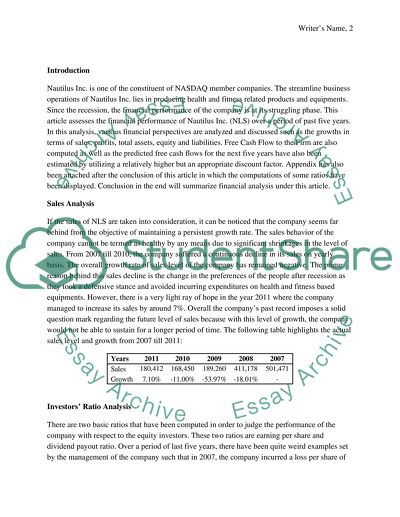Cite this document
(“Nautilus Incorporation Research Paper Example | Topics and Well Written Essays - 1500 words”, n.d.)
Retrieved from https://studentshare.org/finance-accounting/1397141-nautilus-incorporation
Retrieved from https://studentshare.org/finance-accounting/1397141-nautilus-incorporation
(Nautilus Incorporation Research Paper Example | Topics and Well Written Essays - 1500 Words)
https://studentshare.org/finance-accounting/1397141-nautilus-incorporation.
https://studentshare.org/finance-accounting/1397141-nautilus-incorporation.
“Nautilus Incorporation Research Paper Example | Topics and Well Written Essays - 1500 Words”, n.d. https://studentshare.org/finance-accounting/1397141-nautilus-incorporation.


